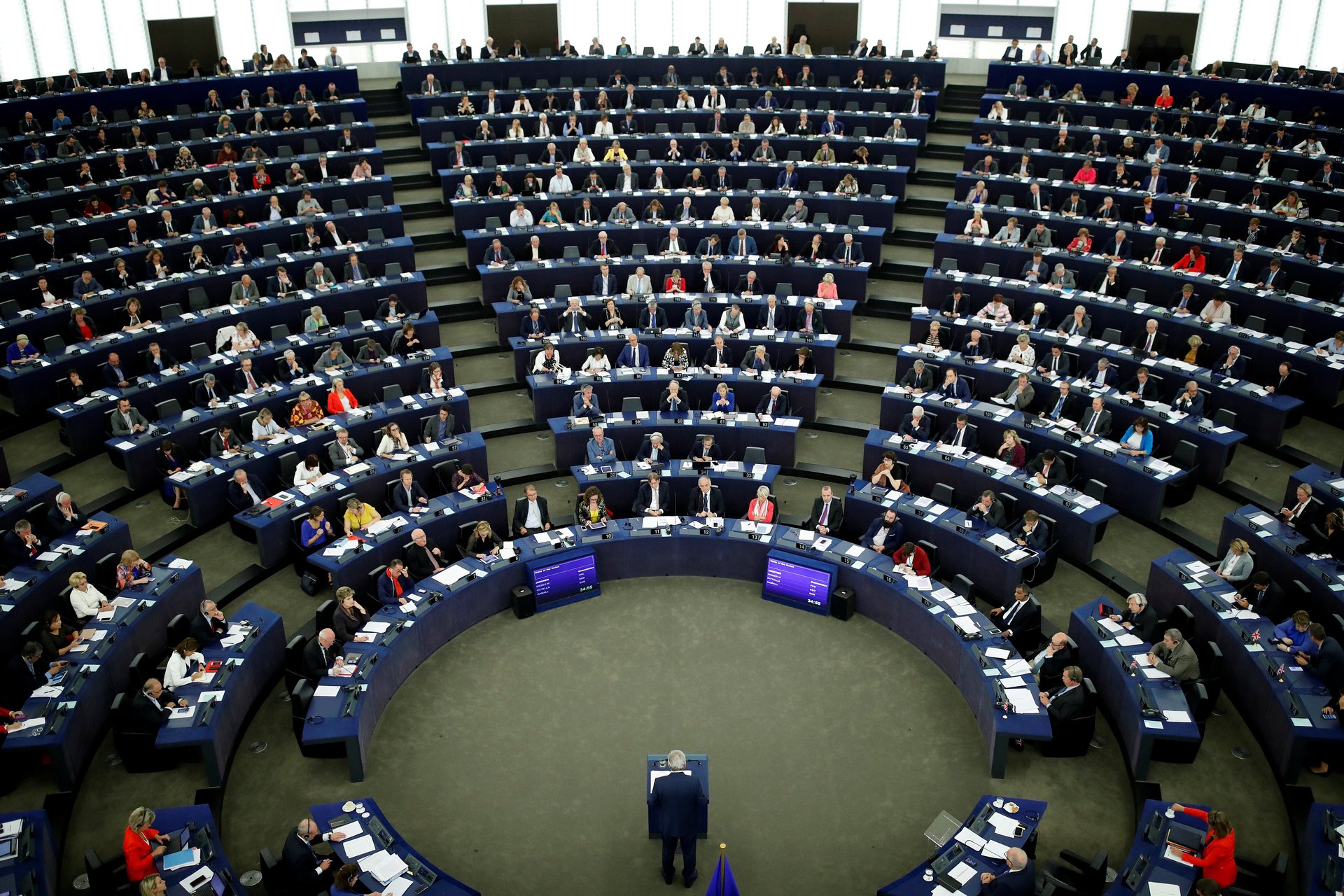The EU institutions are unbelievably white. Brexit will make them even whiter
The European Parliament is, by several measures, the most diverse legislative chamber in the world.


The European Parliament is, by several measures, the most diverse legislative chamber in the world.
It has 24 official languages and its members are from 28 countries. Its LGBT group has more than 150 members—though you don’t have to be LGBT to join—and there’s been at least one transgender MEP. Women make up 37% of the EU parliament; it’s not 50%, but it’s well above the global average of 22.9% (pdf, p.6) and eclipsing the pitiful 19.6% in the US Congress.
But it’s blindingly white. Looking across the EU parliament’s amphitheater for non-white ethnicities is like playing a particularly tricky version of Where’s Waldo. And measuring the extent of the EU’s whiteness is yet another problem—the body does not collect data on employee ethnicity, which helps avoid accountability.
Just 17 out of Europe’s 751 parliament members are non-white, estimate Politico Europe and activist groups. That’s just over 2%. Of those 17, eight are British and bound to depart when the UK officially leaves in 2019. Across all the EU institutions, just 1% of employees are people of color, according to the European Network Against Racism. It’s not even possible to see how that compares with the continent’s diversity as a whole because, of the EU’s four biggest countries, only the UK counts those figures—France, Germany, and Italy do not.
“It’s a disgraceful number,” says Claude Moraes, a Labour MEP of Indian origin and one of the most senior Brits in the parliament. “This is Europe! With London, Paris, Madrid, Barcelona—some of the most ethnically diverse [cities] anywhere in the world.”